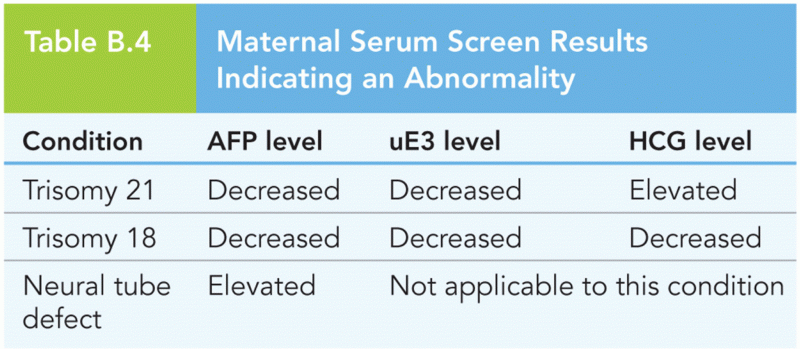|
|
|
If all the neurons in the human body were lined up, they would stretch more than 600 miles.
Lower drug doses for elderly patients should be used first, with titrations of the dose as tolerated to prevent unwanted drug-related pharmacodynamic effects.
The people with the highest levels of LDL are Mexican American males and non-Hispanic black females.
For pediatric patients, intravenous fluids are the most commonly cited products involved in medication errors that are reported to the USP.
When Gabriel Fahrenheit invented the first mercury thermometer, he called "zero degrees" the lowest temperature he was able to attain with a mixture of ice and salt. For the upper point of his scale, he used 96°, which he measured as normal human body temperature (we know it to be 98.6° today because of more accurate thermometers).







